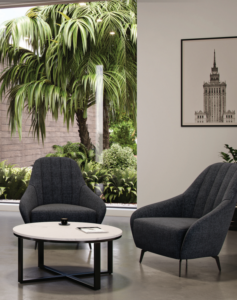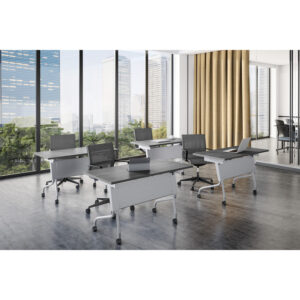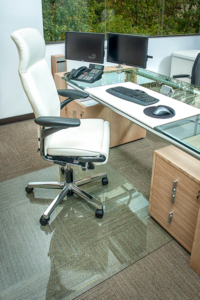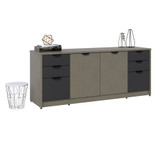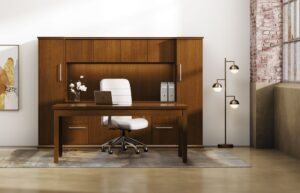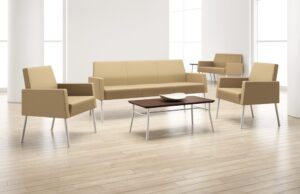Ergonomic. It’s a neat adjective, both in how it sounds and what it means. Which is \ˌər-gə-ˈnä-mik\, and “(especially of workplace design) intended to provide optimum comfort and to avoid stress or injury.” (Thanks Google). Now let’s talk ergonomic furniture; more specifically, ergonomic chairs.
Did you read our tidbit on sit-stand workstations earlier? (Not to worry if you didn’t, you can find it here) Well, in that post we talked about how often the average office worker sits per day. And to refresh your memory, Washington Post calculated that to be about 10 hours. 10 HOURS!!! We still can’t get over it. So we went into the topic of sit-stand workstations, and how important movement is. Yet, for those times we aren’t moving around… for the times we do want to, or need to, just sit… shouldn’t we be comfortable? How many of us experience lower back-pain as a result of sitting in a chair that doesn’t support us, or “have our backs” so to speak? According to EHS Today, it’s about 74% of office workers, and that pain is being experienced a few times or more a week. Wow.
Disturbing statistics, yes, but hope is not lost just yet. This is where our friend, the ergonomic chair, comes in. Ideally, your chair should fit your body. You should be able to access the work on your desk without having to contort your body into weird and uncomfortable positions. Your chair should support the parts of your body that need it most; think back (posture), legs, and feet should be flat on the ground. Recline-ability matters. Chair height matters. Seat depth, backrest, armrests, seat material, lumbar support, mobility (whether the chair has wheels or not). Lifehacker outlined several of these points with their nifty little guide here.
There’s a lot to consider, and luckily, ergonomic chairs take into account all the above. Try them out today.


